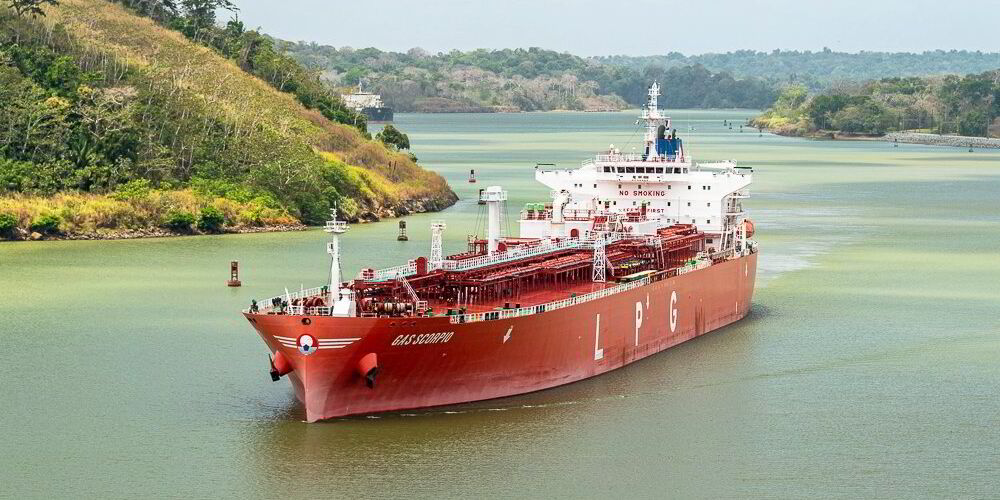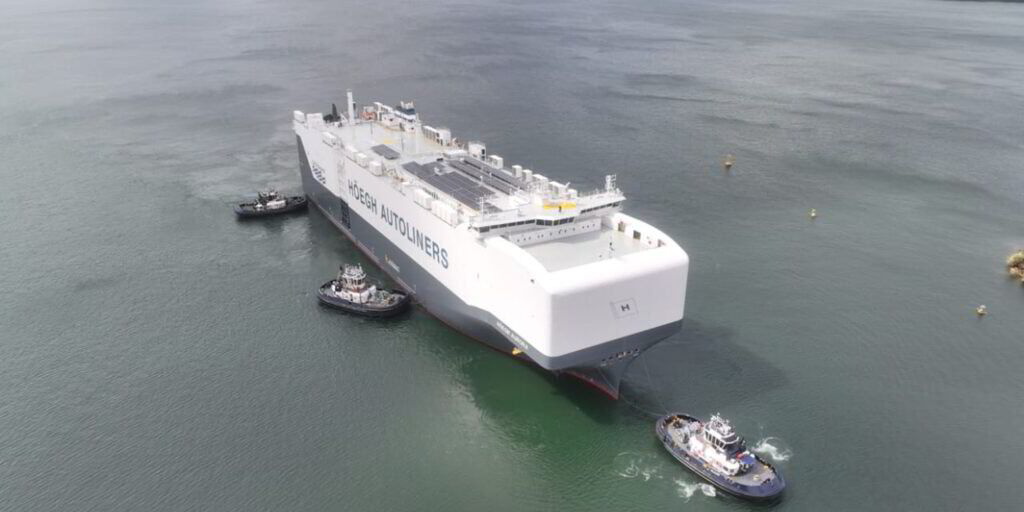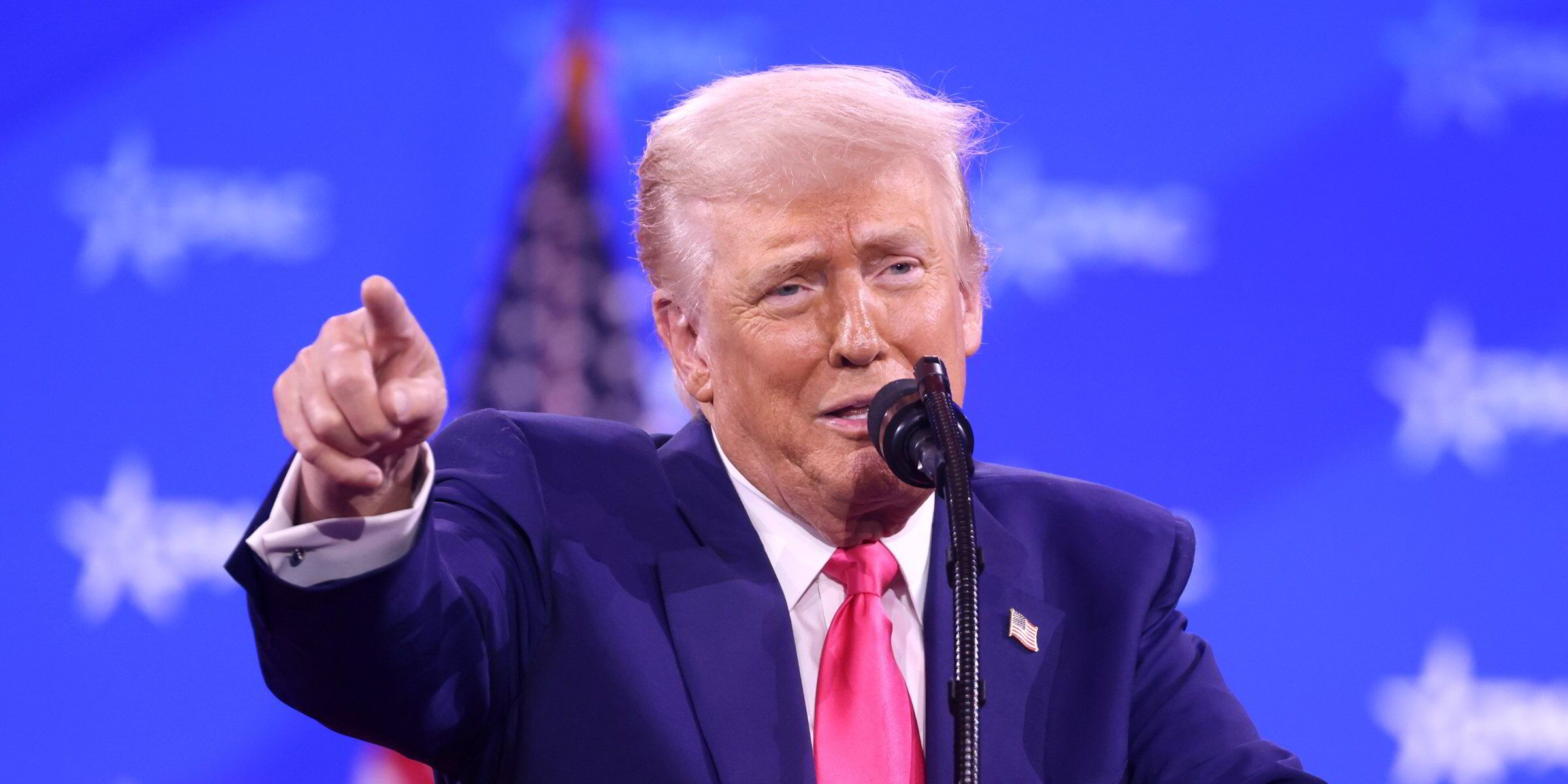The Panama Canal is planning to build a new pipeline carrying LPG to take the strain off the VLGC sector.
The Panama Canal Authority (ACP) said it has opened a bidding process for the construction of a new infrastructure project connecting the Pacific and Atlantic coasts.
The pipeline would allow vessels to discharge at one side of the waterway, with a different carrier picking up the cargo at the other end.
Canal administrator Ricaurte Vasques has said Japanese purchases of US LPG will be boosted by the project.
ACP is looking for companies to develop the line and eventually operate it.
“This complementary activity will be incorporated into the sustainable development of the Panama Canal’s West Bank route, which includes activities and alternatives to transporting products by sea,” ACP added in a statement.
Bids will begin to be received in the coming months, the authority told Reuters.
The pipeline will handle the equivalent of 1m barrels of oil per day in natural gas.
Initial studies show that possible LPG traffic capacity through the Panama Canal could reach 2m bpd in a decade, Vasquez added.
During the recent drought in Panama, when canal transits were restricted, VLGCs were often towards the bottom of the list of priorities, as container ships and LNG carriers took precedence.
LNG carriers in particular look set to benefit from fewer VLGCs having to make the crossing.
“The development of this pipeline will strengthen Panama’s strategic position and help keep the canal competitive by increasing its capacity and providing quality service to the world,” ACP said.
The authority said it would conduct a transparent bidding process that will “promote the highest level of competition while seeking the participation of companies that are technically and commercially qualified to execute the development and eventual operation of the pipeline”.
“All of this will help to facilitate international maritime trade and, above all, contribute to social investment in Panama,” it added.
The move comes at a time when LPG exports from the US are expected to come under pressure as importing countries mull reciprocal tariffs on US goods.(Copyright)





